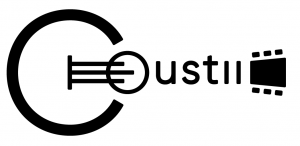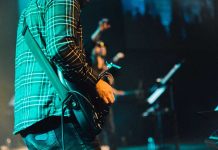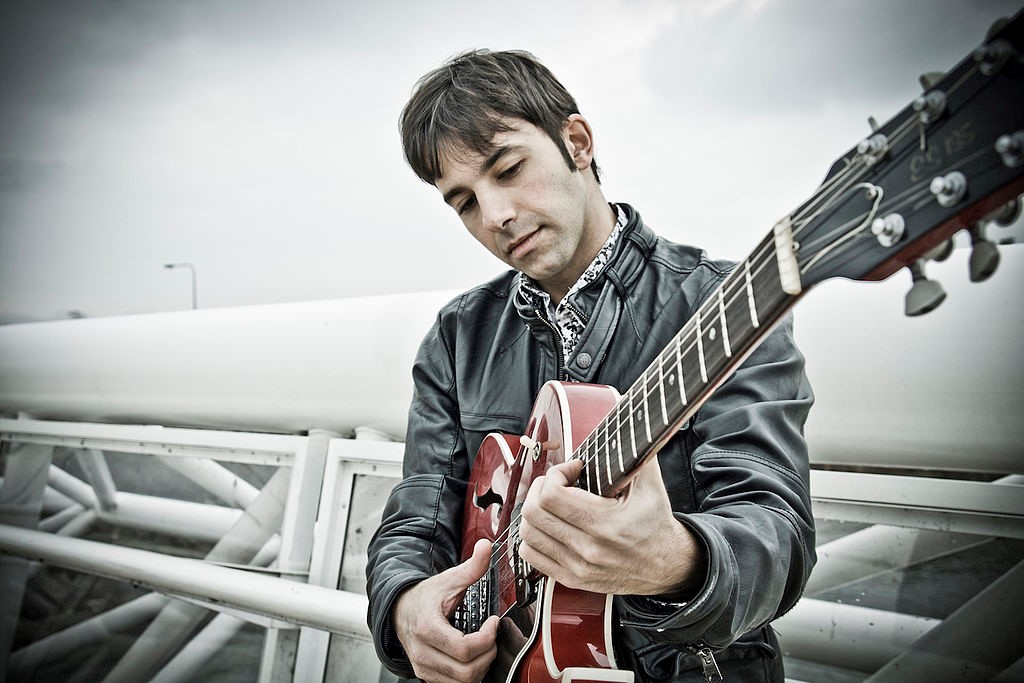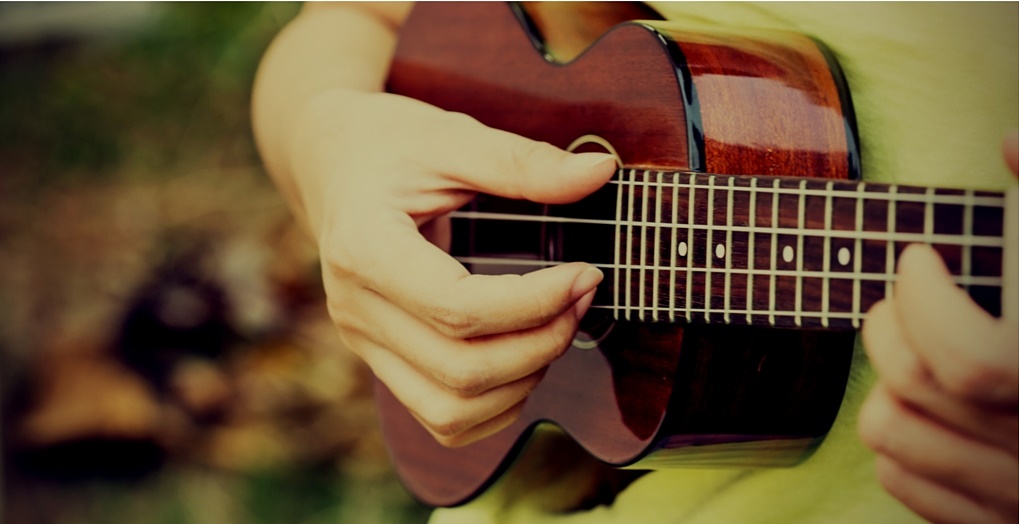If you’re a new electric guitar player, choosing the right pedals for your sound can seem like a daunting task. Or, maybe you’re an experienced guitar player, but looking to make your music more creative. We’ve got the low down on the most essential guitar pedals, everything from funk to heavy metal to load up your pedalboards.
What is a guitar pedal?
A guitar pedal modifies the tone, pitch, and sound from an electric guitar. They are electronic devices that alter the sound that is sent to the amp and how it will sound after. You can mix different guitar pedals to create complex sounds, rhythms, and harmonies.
If you’re just starting out, you’ll want to start buying effects when you can. Buy as many as you can carry. The best guitar pedals are the ones that inspire you. Look for guitar pedals that make you feel something in your music.
In this article we are going to cover the following:
- Gain guitar pedals
- Delay and reverb pedals
- Modulation effects
- EQ and Wah
- Pitch shifting
This by no means covers ALL the guitar pedals known to man. But, we are going to give you a brief overview of the most popular guitar pedals and whether you need them for your music.
What are gain guitar pedals?
Gain pedals increase or reduce your signal strength. Basically, give a boost to your guitar sound. These come in handy when you’re playing in a band. Here are some of the most popular gain pedal types:
- Compression – Makes the sound of the guitar seem thicker. There is less variation from note to note and note to chord. Compression pedals are the least sexy, but most essential, because they add sustain and add a level of signal.
- Boost – Increase the volume without distorting your sound. These are great for jazz players who need a little extra volume on solos. BONUS! Boost pedals are usually cheaper.
- Distortion – Create a metal-like, thick sound and add more gain to the game. Distortion pedals are good if you’re into classic rock or heavy metal. We recommend the Boss D-2 Mega Distortion pedal.
- Fuzz – Different from other classic distorted sounds. Fuzz pedals create a thick, compressed saturated sound with endless sustain. Somewhat similar to the sound of a broken amp. These are good if you’re looking for a Jimmy Hendrix vibe, otherwise, not an essential guitar pedal.
What are delay and reverb pedals?
Delay and reverb pedals re-create the effect of playing in a closed environment. A closed environment could be anything from rocking out by yourself in the bathroom or playing in a large cathedral.
- Delay pedals – Create a natural effect and add more juice to solos. You can look into digital delay pedals or analog delay pedals. Analog delay emulates the sound of an echo coming off a hard wall in the distance. A digital delay creates a more complex type of delay. Do you need a delay pedal? Absolutely, maybe even two! Check out the DD-7 Digital Delay pedal.
- Reverb pedals – Similar to the sound of an echo when it bounces back from the walls, ceiling, and floor. It’s the persistence of the sound after it has been produced, like playing in an empty room, this is the effect of a reverb pedal. If you’re wondering whether you need a reverb pedal, again the answer is absolutely.
What are modulation effects?
Modulation effects are what we’ll call the sexy pedals. They completely change the sound of a guitar. You can use modulation effects for just a part of a song (the sound of a jet taking off) or throughout the song (the sound of an organ).You can choose whether you want a bold or subtle sound. Here are some popular examples of these pedals:
- Chorus pedals – Make the sound of more than one instrument. The doubled signal is slightly out of time/tune with the original sound. This makes it sound like two instruments are playing together.
- Phaser pedals – Similar to the chorus pedals, but the second signal shifts it’s phase between 0 to 365 degrees. Creates a spacey, or whoosh and swirl effect to your music, like this Boss PH-3.
- Flanger – These have the same principle of modulation effects, but are more dramatic. They create a frequency-altering effect.
- Tremolo – Will modulate the amplitude of the signal (or the volume level). The tremolo effect creates a helicopter, pulsing effect.
- Vibrato – Creates a warbling effect by modifying the note above or below the original pitch. Similar to if you were bending a note.
What are EQ and Wah pedals?
EQ and Wahs modify the frequency spectrum of a signal, also known as filtering pedals. You’ll recognize the tone when you listen to classic rock guitar. Again, the sounds that Jimmy Hendrix made popular in the sixties. Here’s a brief overview of EQ and Wah pedals:
- EQ, or equalizer pedals – Allow you to equalize different frequency bands and change the tone of your playing. The Boss GE-7 is a great option for live gigs, because just an amplifier won’t be enough.
- Wah – This pedal gets the award for the most straightforward name. With the wah pedal, you get the well-known “wah-wah” sound. It’s a classic effect, you’ll want one.
RANDOM FACT: Pedalpheliac is someone addicted to using stompboxes.
What are pitch shifting pedals?
Pitch shifting pedals generate additional notes at different pitches to create awesome harmonies. These pedals can add drama to solos or your single-note riffs.
- Octaver – Splits the input signal, while adding or subtracting an octave to the original. This is one of the few pedals a bassist should have.
- Whammy – Similar to the octaver, but you have the ability to change the pitch of the note and at different intervals. The whammy isn’t an essential guitar pedal, but more of a personal choice, depending on the sound you’re looking for.
- Harmonizer – Works with the pitch of the input signal to create a techy sound. Again, depends on the sound that you’re looking to achieve.
What should I buy?
The essential guitar pedal brand is BOSS. These are true stompboxes that survive any beating for years. BOSS guarantees their products for 5 years, which is almost unheard of.
BOSS pedals have recessed knobs, rubber non-skid bottoms, and the ability to change the battery without a screwdriver. Plus, we love the color-coding, which makes it easy to tell which box you’re stomping on.
The MXR Brand is also a quality maker of essential guitar pedals. MXR is known for making clear and easy to use pedals, which is great for beginners.
Trying to decipher what guitar pedals to buy can be a daunting task. Remember to choose based on the type of sound you’re looking for and what inspires you. Start by building your pedalboards with the essentials and work you way up. Rock on!













